Compression socks are stretchable socks that provide constant and controlled pressure on the legs and feet. They vary in size, style, as well as in compression level. Compression socks often come up to just below the knee to cover the entire lower leg, though thigh-high compression socks are also available. Ankle compression socks are tighter around the ankle and reduce tightness as it goes up the leg. A calf compression sleeve skips the ankle and fits just around the lower leg. Toeless compression socks have been proven to provide the same benefits as full compression socks while lending more ventilation and ease in putting them on. Plus-size compression socks are available for people with larger feet or legs. There is no definitive difference between compression socks for men and compression socks for women. It all depends on the needs of the person wearing it. The correct compression socks are determined by the fit and pressure of the socks.
What are the compression socks for?
The benefits of compression socks include improvement in blood circulation, reduction of swelling and pain, and prevention of discomfort. Medical compression socks can also prevent blood clots and other serious medical issues related to blood flow. Compression socks are commonly used by individuals who have a history of blood circulation problems, pregnant women, athletes, and people who experience pain or discomfort from standing for long periods of time. A kind of blood clot called deep vein thrombosis, or DVT, is often treated by health professionals using compression stockings.
What are the different compression levels?
The compression level is measured in terms of millimeters of mercury (mmHg). 15-20 mmHg compression socks are considered low compression and help with mild swelling and discomfort associated with individuals who spend long hours standing on their feet. 20-30 mmHg compression socks can provide help for those who have previously had blood circulation issues in their extremities and suffer from moderate swelling or pain, while 30-40 mmHg compression socks can be useful for people who suffer from severe pain and swelling.

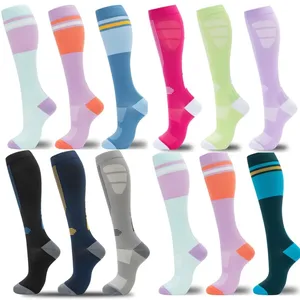
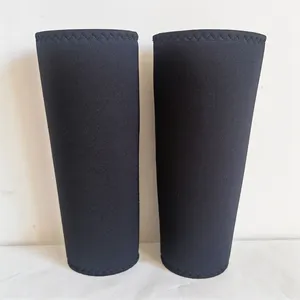





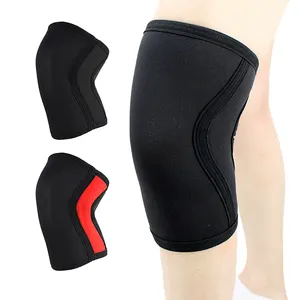

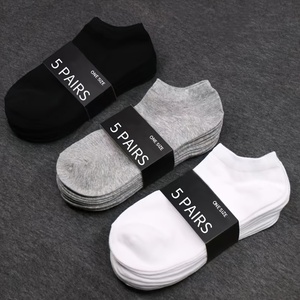






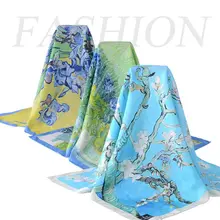

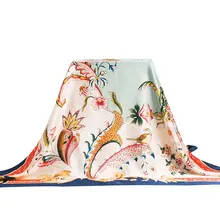

























 浙公网安备 33010002000092号
浙公网安备 33010002000092号 浙B2-20120091-4
浙B2-20120091-4